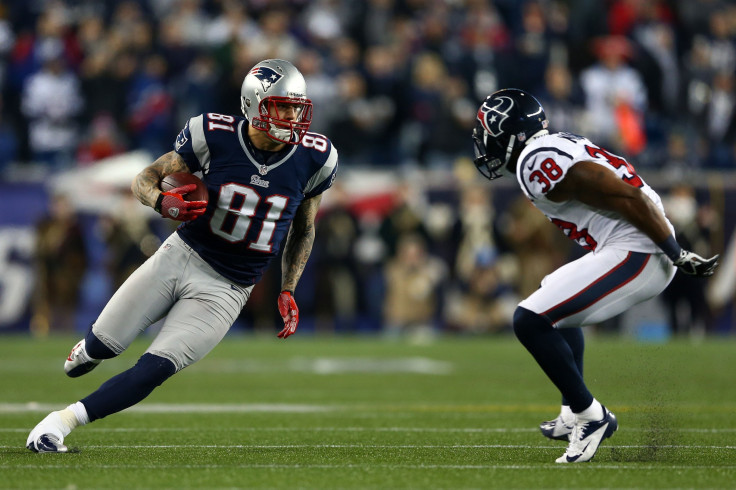MRI Scans Reveal 40% Of Retired NFL Players Suffer From Traumatic Brain Injury

Anyone who has broken an arm, or even a toe, understands the diagnostic power of X-rays. In fact, widespread use of this technology almost immediately followed its discovery in 1895. A current example of medical progress and diagnostic insight linked to a new technology is an ongoing study of retired National Football League players. By using diffusion tensor imaging MRI, a highly sensitive brain scan technology, researchers at Florida State University College of Medicine discovered that more than 40 percent of retired professional football players had signs of traumatic brain injury (TBI).
“Longer careers place the athlete at significantly higher risk of TBI,” concluded the authors, led by Dr. Francis X. Conidi of FSU and the Florida Center for Headache and Sports Neurology.
According to the Centers for Disease Control and Prevention, nearly 1.5 million people suffer from a TBI each year in the United States, while more than 5.3 million people live with disabilities caused by brain injury. The top three causes of TBI are car accidents, firearms, and falls. Sports of all types, including football, soccer, and biking, contribute to the head injury count. While wearing a helmet greatly reduces the risk of injuries, no helmet will protect against concussion, the mildest form of TBI and one that is incurred when the brain is violently shaken.
Generally, doctors classify brain injuries as “mild” when loss of consciousness and/or confusion and disorientation last fewer than 30 minutes. When these symptoms persist for longer than that, or if memory loss endures for more than 24 hours, the injury is considered severe. Severe, too, are the effects. The condition of people who survive these injuries can vary widely from abnormal speech and emotional problems to limited function of arms or legs. Brain scans aren’t always conclusive: While their results may appear normal, a person may suffer from headache, thinking difficulties, problems with memory and attention, and mood swings following injury.
America’s Gladiators
For the current study, researchers conducted tests and brain scans on 40 retired NFL players. Ranging in age from just 27 years old to 56, the average age of the players was just 36 and most had been out of the NFL for fewer than five years. Average time in the NFL was seven years, though playing time ranged between two years and 17. On average, the men reported an average of 8 concussions, though 12 players said they had experienced several head injuries they believed to be “sub-concussive” or just below the threshold necessary to obtain a concussion diagnosis, which would include failing coordination tests and memory tasks.
The diffusion MRI scans measured the amount of damage to the brain's white matter, which connects different brain regions. The scan measurements of 17 players (43 percent) were 2.5 standard deviation points below those of healthy people of the same age — this is considered evidence of TBI (less than 1 percent error rate). About 30 percent or 12 of the former football players showed evidence of brain injury based on the ability of their brain cells to transmit messages to each other.
On the tests of thinking skills, about 50 percent had significant problems on executive function, 45 percent on learning or memory, 42 percent on attention and concentration, and 24 percent on spatial and perceptual function. The researchers believe their work sheds light on the changes in the brain that take place over time as a result of TBI. For more information on recognizing the signs of brain injury, watch this video from the American Academy of Neurology:
Source: Conidi FX, Pegg E, Lloyd J. Incidence of Traumatic Brain Injury (TBI) in Retired NFL Players; Correlation with Diffusion Tensor (DTI) MRI and Neuropsychological Testing. American Academy of Neurology’s 68th Annual Meeting. 2016.
Published by Medicaldaily.com



























